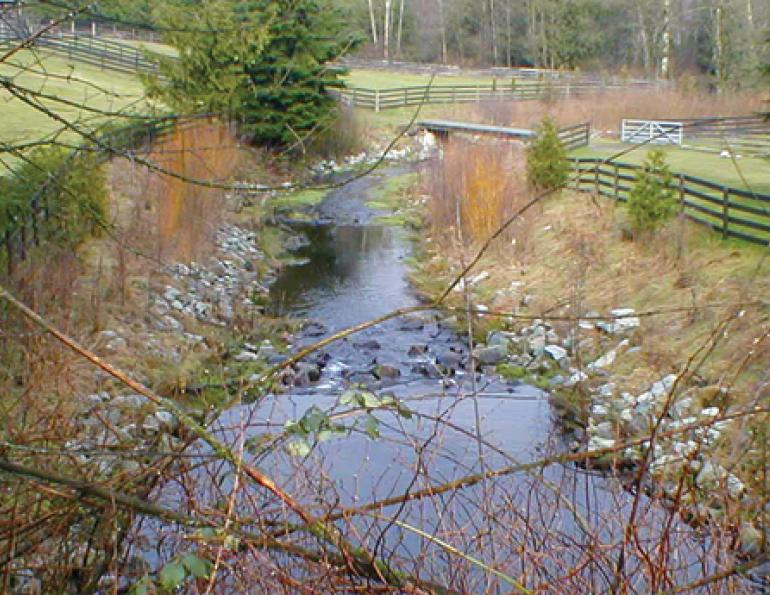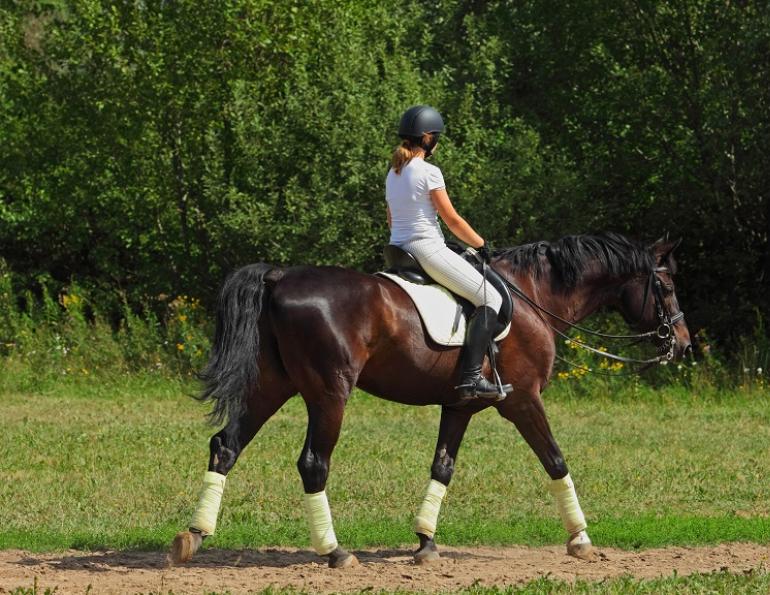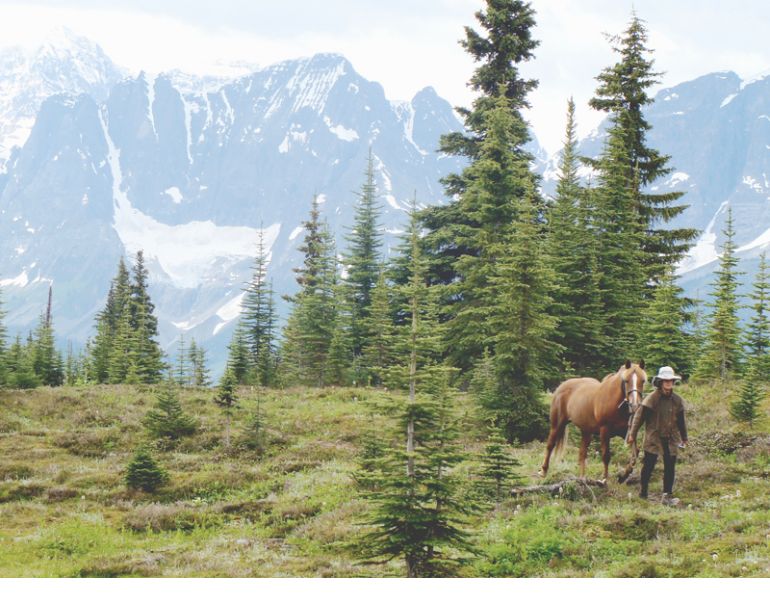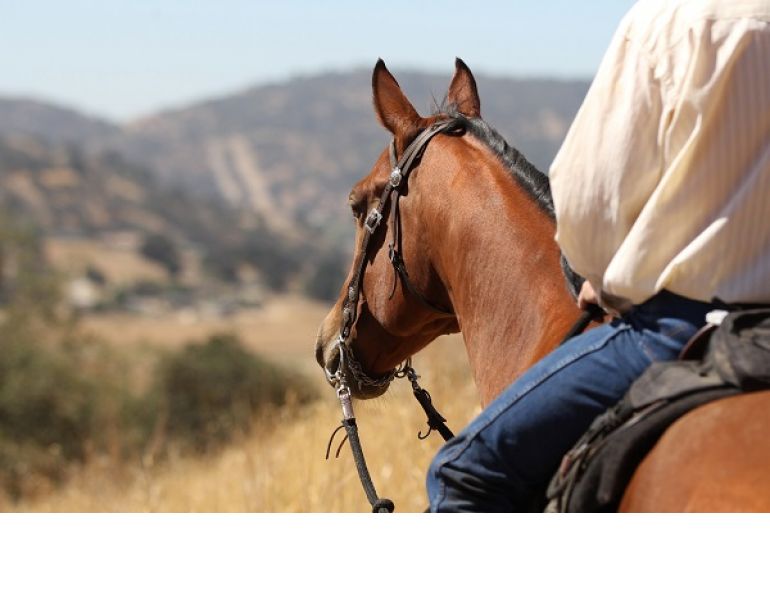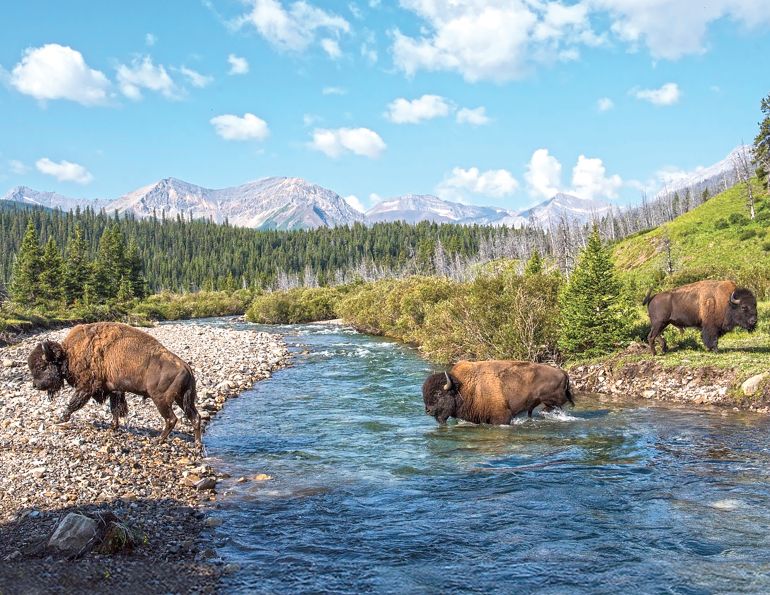Note: This article was published in 2012. Some of its details may be outdated.
By Cassidy Nunn
Never wear a backpack while horseback riding – especially in 35 degree heat when you’re going for a seven hour ride through the sand-blowing desert. I learned this the hard way on the first ride of my 10-day horse safari across the Rajasthan Desert in northern India (our destination: the world’s largest camel fair) and nursed rubbed-raw-by-sand-and-sweat shoulders for the rest of the journey. But in the end, my soreness became just another element of the experience of being pushed out of my comfort zone. I didn’t travel to India for a holiday, I went for an adventure. And what better way to experience adventure than from the back of a horse?
The author and her Marwari mount, Mansa. The Marwari breed is native to India and famous for its unusual crescent-shaped ears. Photo courtesy of Cassidy Nunn
My first trip to India included a three-day horse trek with Dinesh Jain, the owner/operator of Krishna Ranch, just outside of Udaipur. Jain breeds and trains Marwari horses, a rare breed that is native to the Rajasthan desert and famous for its unusual crescent-shaped ears which curve inward, sometimes touching at the tips. In India, Marwari horses can be found pulling carts, playing roles in Bollywood films, in wedding ceremonies, participating in the sport of tent pegging, and, of course, as riding horses.
Jain leads many horse treks through the desert each year. On my first trip, he enticed me with stories of his annual trek to the Pushkar Camel Fair — the largest fair of its type in the world. Back home in Canada, all I could think about was returning to India and riding to the camel fair. And so, a year and a half of excitement and anticipation later, I found myself once again on the back of a high spirited, fast walking Marwari horse.
Our group of four guest riders met at Krishna Ranch on our departure day and Jain assigned our mounts. We quickly set off, trotting into the midday heat with Jain at the front, the four tourists sandwiched in the middle, and Toli Ram, Jain’s right-hand man, bringing up the rear.
My mare, Mansa, jigged her head and burst into a peppery canter. We rode up a steep hill covered in slate and sand; with each step the horses’ legs sank and threatened to slip on the loose rock. Mansa put her head down and picked her way onto the sturdier footing, displaying the mountain goat agility characteristic of her breed. For hours everything we passed was a dull brown; camels pulling wooden carts melted into the surroundings. We walked through herds of goats which flowed along the dry riverbeds like a tide of masala tea. Hundreds of them poured past us, grazing our ankles with their nubbin horns and wispy beards. The horses stayed calm and relaxed, although I began to feel claustrophobic amongst the swelling of animals. A lone man with a sturdy walking stick and turban followed at the end of the herd. He smiled and said “Namaste” (Hello) in passing.
It took us seven sticky hours to reach camp that night. My bum felt flat as a chapati (Indian flatbread). The support crew Jain hires for each overnight trek of this sort had driven ahead with two trucks packed full of cooking supplies, bedding, and feed for the horses. Our canvas tents housed beds with springy mattresses, pillows, and bedding, a small slice of comfort at the end of the day.
Each night I sat down with our cook and helped with dinner. I learned how to make chapatis, to roll the dough evenly to make a perfect ball, then to gently patty-cake it between palms until it was flat and ready for the rolling pin. Often, my chapatis turned out looking more like puzzle pieces, but they still tasted great accompanying the spicy curries and delicious dahl we ate each night.
A true horseman, Jain carefully checked the horses each evening and performed any needed farrier care himself. Photo: Nunn Other Photography -
In the evenings, Jain examined each horse himself, rubbing his hands over their whole bodies and pulling their lips back to press their pink gums, checking the capillary refill time to assess their hydration. If there were any issues with the horse’s shoes, Jain, a true horseman, would perform on-the-spot farrier care. While riding, his eyes constantly scanned the horizon for villages where communal water troughs lined the road.
The massive Kumbhalgarh Fort houses 360 temples within its walls. Photo: Nunn Other Photography
We rode through countless small villages, visited several Hindu temples, and took an afternoon off our horses to go and see the massive Kumbhalgarh Fort which houses 360 temples within its walls. As we pushed onward to the camel fair, the landscape changed from pockets of lush farmland hidden amongst the hills and valleys, until all that surrounded us was sand. The heat became so intense that the air shimmered with it. The horses slowed their pace, no longer racing to get to the front of the group each time we galloped across the dunes. My body, now accustomed to the long hours in the saddle, didn’t ache at the end of each day, but the heat sapped my energy and I relied on the morning chai teas to coax me awake.
On the final morning we rose before the sun, eager to beat the heat and arrive at the camel fair by the afternoon. Nearing Pushkar, we passed countless fields devoted to growing flowers that would be sprinkled on the holy lake in the town. Orange and yellow like the outspread wings of a butterfly covered the land in every direction.
We rode past a team of oxen plodding in circles drawing water from a well to irrigate the fields. The roads became crowded with long chains of camels attached to one another with ropes passing through the wooden nose plugs skewered through each nostril. Baby camels followed their mums with limbs too long to be co-ordinated.
A motorcycle pulled up beside us, its side bags bulging with baby goats, their front and hind feed tied together. Their fuzzy faces peeked out the top of the bags quizzically. The driver wore one goat like a scarf around his neck and I wondered if he knew he was receiving a free haircut.
We crested a large sand dune and below us lay a desert bowl dotted with tents, camels, horses, cattle, goats, and people — approximately 20,000 camels and 10,000 horses visit the fair each year. A stadium in the distance, surrounded by rusty theme-park rides and rows of merchandise tents, buzzed with activity. Every year, the Pushkar population swells from 15,000 to 200,000 during the festival. The holy city is sacred for Hindu pilgrims during this month of Kartik Purnima when they travel to use the town’s 52 bathing ghats (pools of sacred water) to wash their sins away.
The Pushkar Camel Fair is the largest fair of its kind in the world, attracting approximately 20,000 camels and 10,000 horses each year. Photo: Nunn Other Photography
“Welcome to the camel fair,” Jain said with a grin and urged his mount, his prized breeding stallion, Chandra, into a gallop. We thundered down the sandbanks toward the rows of tents and camels. Mansa stretched out and blazed past the slower horses as I sat perched over her back. We rounded a turn and suddenly came face to face with a bellowing camel. The animal pulled its lips back like a monkey grinning, then hissed and spit through yellowed teeth before barrelling past our group of riders, swerving at the last second to avoid us, and taking off towards the hazy horizon. Mansa trembled underneath me but she listened to my voice and maintained her composure.
We continued past dozens of rows of camels. Some lay down in the sand, grinding their jaws back and forth, as though chewing gum, while others stood under tents as their owners showed them off to visitors. There were camels with beaded necklaces winding down their necks, camels decorated with circles around their eyes, and camels with elaborate hieroglyphics painted across their bodies. Goats bounced between the rows of livestock, butting heads and searching for scraps of food. Herds of cattle hid in pockets behind the camel tents, their frontward curving horns sharp as the tines on a pitchfork.
The horse dancing competitions at the Pushkar Camel Fair featured stunning Marwari stallions. Photo: Nunn Other Photography
The fair was like an old school circus, with turban-tying challenges, tight-rope walkers, contortionists, camel races, and horse dancing competitions featuring stunning Marwari stallions. Jain introduced us to his friends who breed Marwaris and we were treated to a horse dance put on by India’s number one stallion in this sport.
On the last day, Jain and his crew loaded the horses — pressed side by side in triplets – into the back of the two transport trucks. They would drive overnight for eight hours back to the ranch. Ram perched on the roof of the truck with the lead lines from the horses’ halters clasped in his hands. His legs dangled down against the cab and he patted each horse’s face gently, murmuring to them as they settled. The crew shouted good-bye and I waved as they drove out through the crowds until they disappeared in the shifting swarm of people.
Already, I was planning my return to India and my next adventure riding through the desert on the back of a Marwari.
Main photo: Nunn Other Photography
Note: This article was published in 2012. Some of its details may be outdated.



